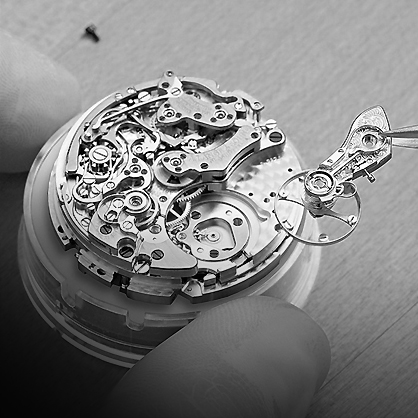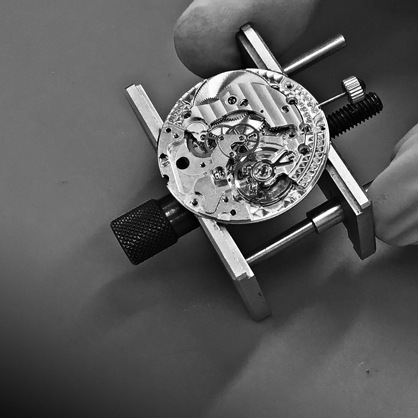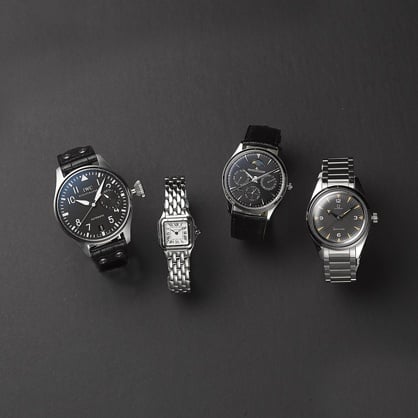Watch Movements
It is important to understand the different types of watch movements available, so that you can find the perfect watch for you. Whether you’re looking for a new daily wearer, or adding to your timepiece collection, sophisticated styling, quality craftsmanship and timekeeping technology will all influence your decision when acquiring your new watch.
There are three main watch movement types: manual, automatic and quartz.
Manual and automatic are both mechanical movements; they are made up of only mechanical parts, such as gears and springs. A quartz movement has an electrical circuit and requires a battery to run, but may also contain some mechanical parts.
Discover more about the different movements to help you choose the type of watch that is right for you:
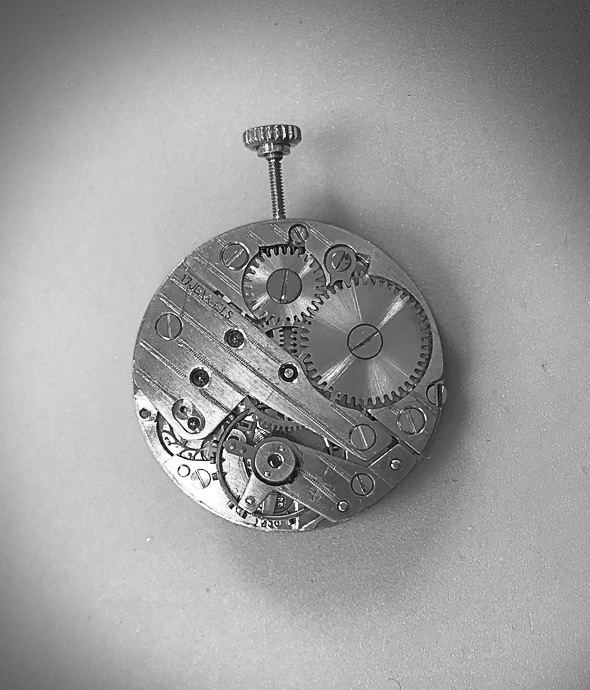
Manual Movement
A traditional, manual movement is the oldest type of watch movement, dating back to the 16th century. It is also known as a hand-wound movement, because you have to turn the crown to store the energy in the mainspring, which powers the escapement and gear train that makes the watch tick.
Most watch collectors and connoisseurs prefer watches with mechanical movements. This is because they have a rich history, represent years of refinement and expertise, and are crafted with the highest level of care and detail.
Considerations when choosing a manual watch:
- Most manual mechanical watches need to be manually wound every day in order to run and keep good time. However, manual wound watches can have a power reserve of over seven days.
- Mechanical watches, both manual and automatic, can be more expensive as they are more labour intensive to build.
- They are not necessarily known for their accuracy when compared with a quartz movement. A well-engineered mechanical watch may gain or lose five or more seconds a day, with exceptional pieces being certified at gaining or losing two seconds a day or fewer.
- These watches can be keepsakes and often collectables.
- If they are maintained properly, mechanical watches can last through many generations. The art of watchmaking, especially in some of the legendary manufacturers, has been passed down for over 300 years and will continue to be for centuries to come.
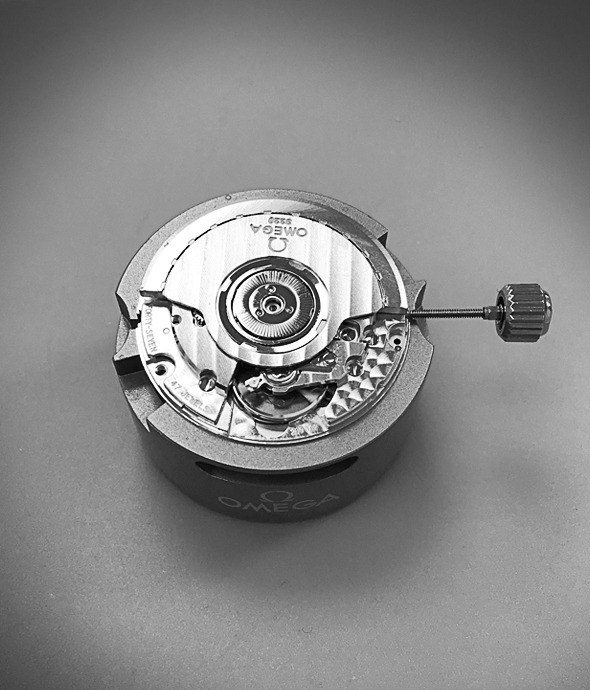
Automatic Movement
The automatic movement is a mechanical design, similar to a manual mechanical watch, but fitted with a self-winding mechanism.
The self-winding mechanism winds itself when you are wearing the watch and is triggered by the movement of your wrist. If left unworn, it will keep running for 36 hours or more before it stops. An electric watch winder can be purchased to keep the watch moving when not being worn on the wrist. This will improve the practicality of the watch, as the time won’t need to be reset if not worn for a few days. It will also help to extend the time between services, by keeping the movement and its lubrication moving.
Similarly, to manual watches, automatic watches are highly collectable; they are beautiful timepieces, known for their exquisite craftsmanship that can stand the test of time. Often, they are passed on through generations, making them the perfect sentimental keepsakes.
Unlike a manual watch, you don’t have to manually wind it every day – making automatic watches a popular choice.
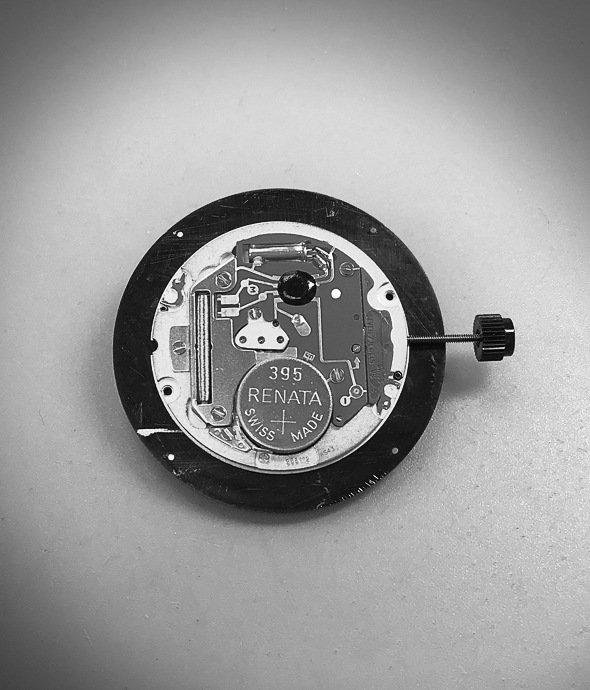
Quartz Movement
Watches with a quartz movement use battery as their power source. The battery sends electrical signals to a quartz crystal, causing the crystal to oscillate with a very precise frequency. These vibrations are counted by the circuits that generate a regular pulse to the electric motor, which makes the hands move. The very precise and consistent vibrations of the quartz crystal make a quartz watch extremely precise in keeping time, with most quartz watches only gaining or losing fewer than 15 seconds a month. Therefore, unlike a manual or automatic watch, there is no need for your watch to be wound. They are also the most accurate type of movement for telling the time.
Quartz watches are easier to make and are often mass-produced, making them less expensive to buy. You will, however, need to replace the battery every few years. Some luxury quartz watches may also still need to be serviced.
Learn more about when and how you can get your quartz battery changed on our Watch Maintenance page.
Watch Guides
Discover more about watches.
Watch CLP Page
